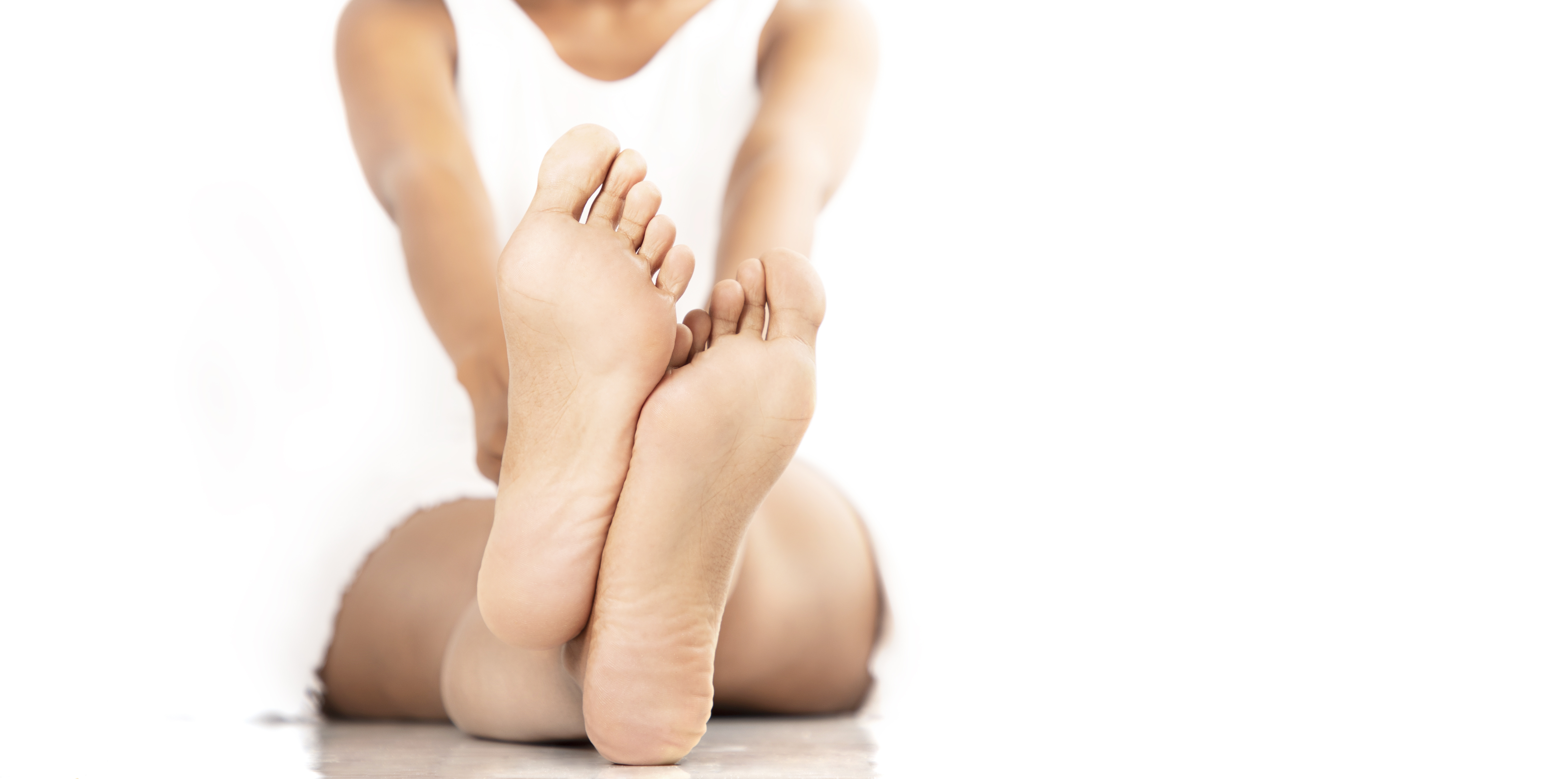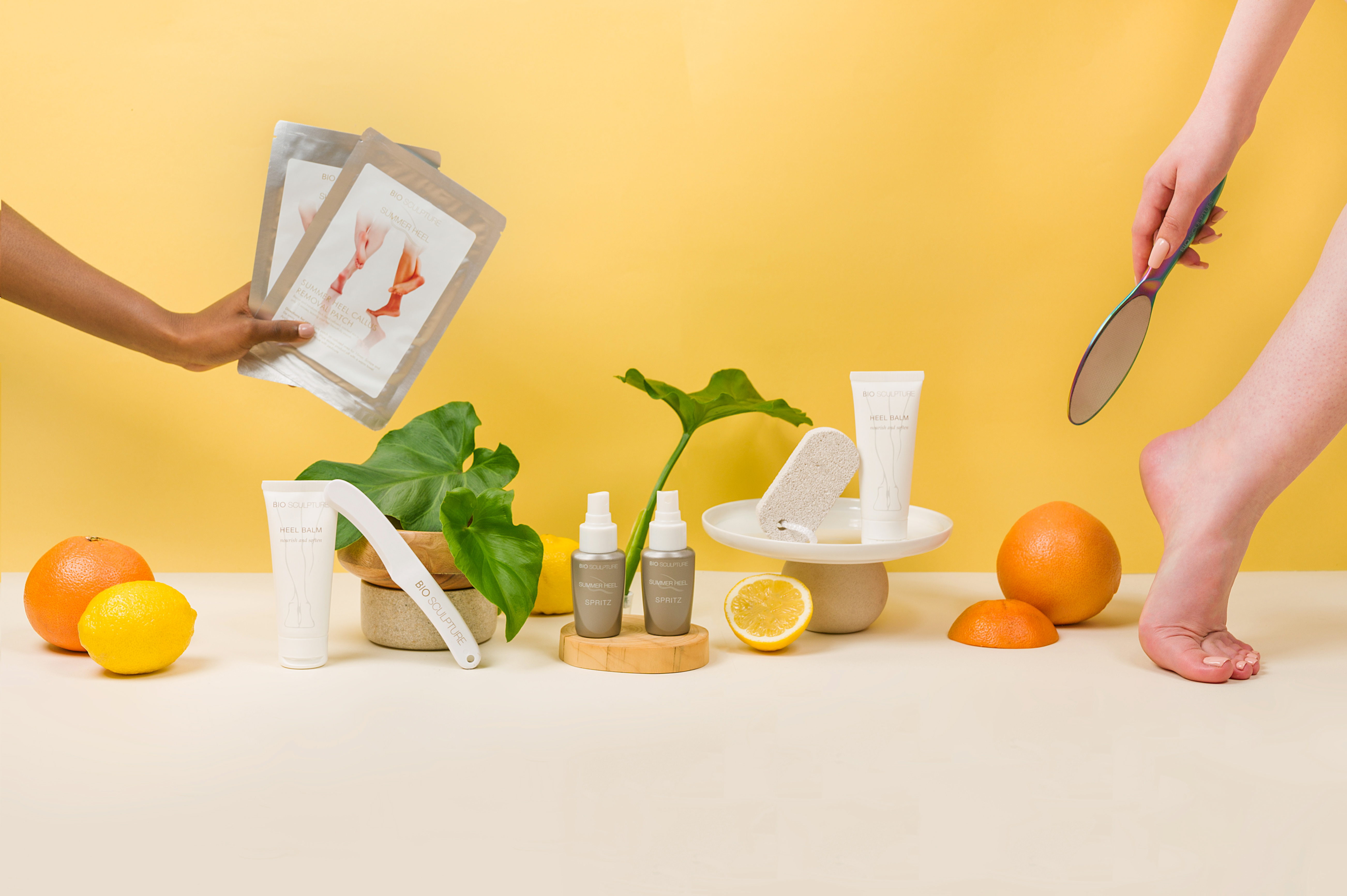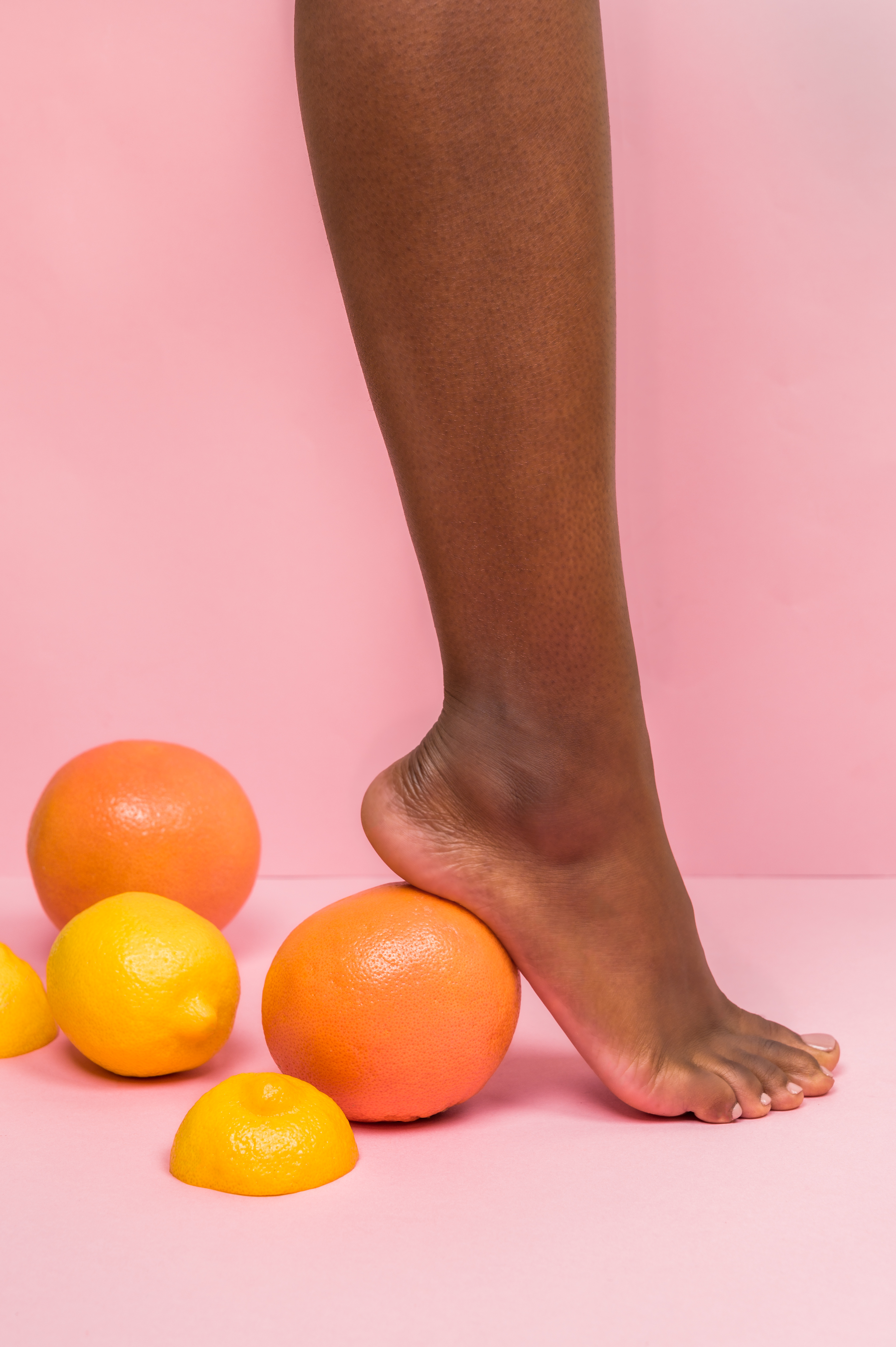Dry and cracked feet are caused by a change in the dermis or skin of the feet, which is denser and thicker than other parts of the body, such as the face, whose skin is much thinner and more sensitive, according to the FuenSalud Clinic in Madrid, Spain.
The skin on the sole contains more fat cells, as it is an area that must support the entire body weight, a lot of pressure, and be subjected to a lot of friction, they point out.
Changes and alterations in the skin of the feet, which make it hard, dry, and inelastic, can usually be observed especially in the heels, which is the most affected area, they point out.
Although this condition is much more evident in the summer months, this does not mean that it cannot be suffered throughout the year, according to this same source.
“ Dry, cracked heels are common in the winter,” says dermatologist Patrick Blake of Portrait Health in San Diego, California.
“ Cold, dry weather, walking barefoot, and long hot showers are some of the reasons why you may have dry, cracked heels in the cold season,” says this skin specialist, in a statement from the American Academy of Dermatology (AAD).
“Cracked heels occur mainly in summer because the feet are uncovered after being covered all year round with shoes, boots, and other clothing. Therefore, they are more affected by heat and also by the chlorine in swimming pools, as is the case with the rest of the skin, which looks drier,” explains Maribí Arnedo, training director of the firm Bio Sculpture Spain.
Summer and winter
She adds that “one mistake we make during the warm season is not alternating closed footwear, such as sneakers, with open footwear, for example, flip-flops or sandals, which we wear excessively, causing our heels to crack and, in extreme situations, they can bleed and suffer infections.”
“To care for your heels, it is best to moisturize them with good creams that contain classic ingredients, such as shea butter, almond or avocado oils, collagen, glycerin, or urea,” advises this specialist.

She points out that some specific products are also recommended for this problem, which deeply moisturizes both dry feet and cracked heels.
“Many people turn to body and even facial creams to treat dry feet or cracked heels,” she admits.
“But we have to take into account that the skin is not the same in all areas of the body and the feet suffer numerous frictions in our daily life that frequently cause roughness or calluses, which is why they require exclusive products for this part of the body,” according to Arnedo.
“Whatever cosmetic product you choose, it is best to apply it at night, allowing its active ingredients to penetrate the skin while you rest,” Arnedo stresses.
In addition, many nail salons offer spa-style wraps and pedicures, which include light, gentle massages and organic ingredients that enhance their properties, such as chocolate, seaweed, wine, mud, or citrus, according to Arnedo.
She adds that many of these wraps have a healing effect, soothing pain, eliminating toxins, and promoting circulation.
Arnedo and other specialists offer some recommendations to keep the heels hydrated, soft, and flexible at all times, preventing them from cracking and drying out.
Home remedies
In addition to a classic like pumice stone, which is a must in any shower, there are natural elements and products that help relieve and improve cracked heels, such as a mixture of lemon, rose water, glycerin, and baking soda that acts as an exfoliant, according to cosmetologists.
Masks made from extra virgin olive oil and/or aloe vera can also be useful. They should be left on the feet for a while, at night, and covered with a towel, to facilitate absorption and ensure complete hydration, they point out.

Appropriate footwear
Dry skin or xerosis of the feet usually appears when changing footwear from one season to another.
Specialists advise against having your feet cramped and closed for excessive periods, spending too much time outdoors, or walking for long hours, and recommend avoiding sandals that are open at the back, as they promote skin cracks.
A good option is to alternate different types of shoes and not overuse any one in particular, they suggest.

Healthy eating
Skin elasticity is enhanced by a proper diet that should not lack fatty acids such as those provided by extra virgin olive oil, nuts, avocados, salmon, and other oily fish, according to cosmetics specialists.
Fruits and vegetables, which provide the body with vitamins and minerals such as zinc, as well as plenty of water, are also allies of the dermatological health of our feet, according to Arnedo.























+ There are no comments
Add yours